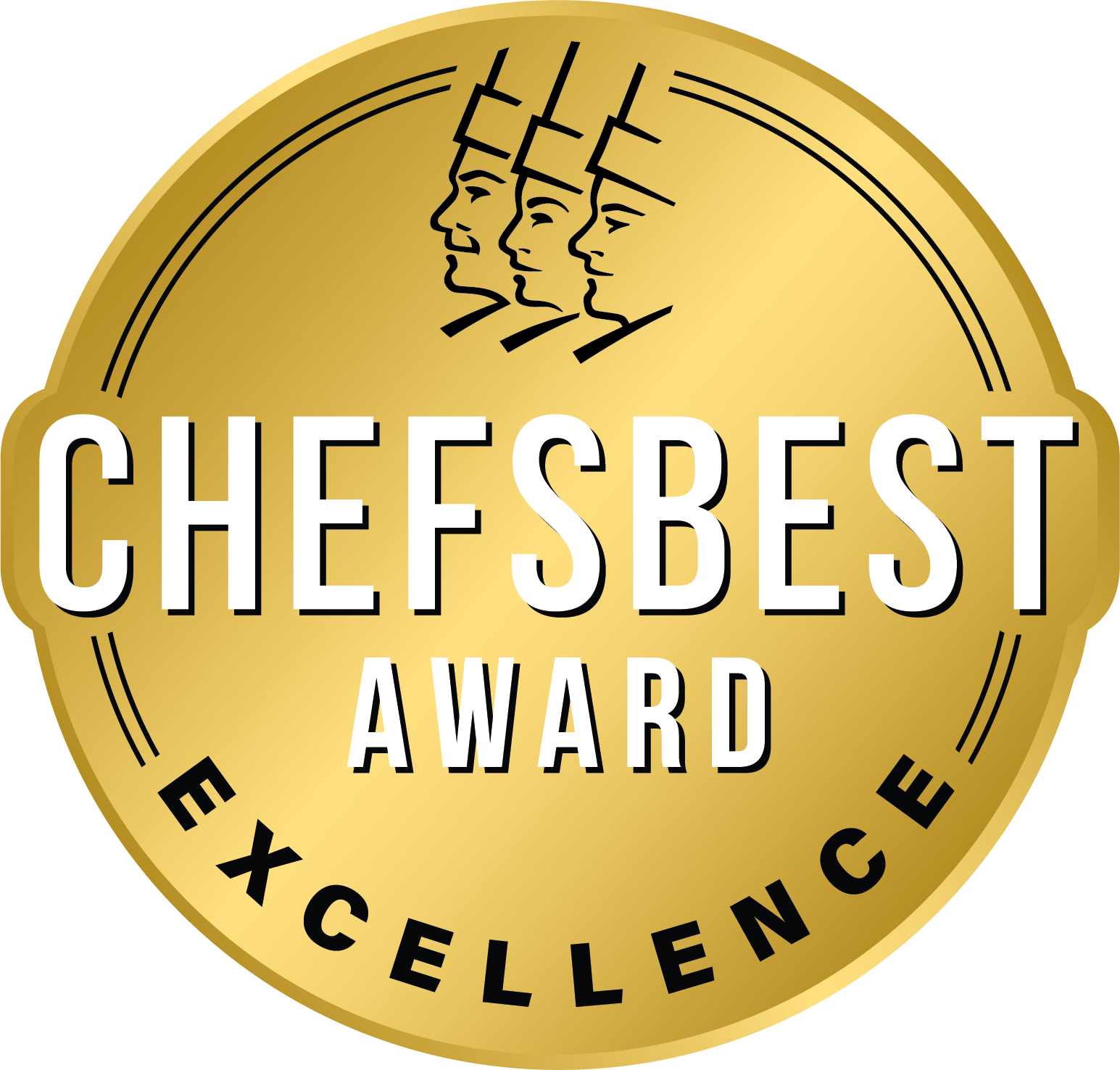Generation Z’s Purchase Power Will Only Grow from Here

Generation Z is the youngest and will soon be the largest living generation to date. Food and beverage brands who want to stay relevant should start watching out for the trends and preferences of this age group. Gen Z goes by many names, including post-millennials, the iGeneration, Plurals, Founders, and the Homeland Generation. Born in and after 1995, this generation not only includes young children but also encompasses teens and young adults who are beginning to exercise purchasing power. By 2020, Gen Z is estimated to comprise about a third of the population.
Gen Z basically grew up on the internet. In fact, the Pew Research Centre reports that 24% of Gen Z considers themselves online “almost constantly.” Perhaps as a consequence of near-constant stimulation, Gen Z has a short attention span of only about 8 seconds. Brands would be wise to figure out how to entertain these multitaskers in a short amount of time. Not surprisingly, Gen Z spends much online time on social media. Many Gen Zers experience FOMO, or “fear of missing out,” and 40% self-identify as digital device addicts. Although frequent social media use often carries a negative connotation for legitimate reason, many Gen Z individuals use social media to spread socially positive messages, promote their own entrepreneurial brands, and increase their exposure to different ethnicities and cultures. So, despite the overwhelming amount of time youth spend on social media, as a tool, it is definitely not all bad.
Brands that recognize the positive power of social media are more likely to rest favorably in the minds of Gen Zers as they expect restaurants and food brands to actively engage them on social media. Gen Z is also more likely than prior generations to share branded content. And you bet that Gen Z pays close attention to online reviews when choosing which restaurants to try next.
If your brand connects with consumers through some kind of technology – and it almost inevitably does – you better be sure your technology is working well as Gen Z has higher expectations of tech than the preceding generation. Marcie Merriman, executive director of growth strategy at Ernst & Young, succinctly explains, “When it doesn’t get there that fast [Gen Zers] think something’s wrong.”
Remember how we mentioned that Generation Z is online quite a bit? Well, unfortunately for brands who focus on online ads, it turns out Gen Z is more accustomed to ignoring and blocking ads. Gen Z individuals are more likely to have ad blockers installed on their desktops than the two previous generations, and on average Gen Z skips ads three seconds faster than Gen X. It would seem brands need to generate engaging, relevant content to reach Gen Z rather than forcing ads in their faces.
So what are some preferences of Generation Z as far as food and beverage purchases are concerned? For starters, despite Gen Z’s more frequent use of the web, 57% report a preference for shopping in-store instead of online. Additionally, as Gen Z has grown up in the midst of economic and global uncertainty (think: the Great Recession, War on Terror), this generation is also more conservative with their money and risk-averse than millennials. Advertising agency M&C Saatchi explains, “Spontaneity, frivolity and making mistakes (the lifeblood of the young to date) has been replaced by a generation of serious-minded strivers, anxious about a challenging future.”
Many of this generation’s food preferences are an extension of current trends in the food and beverage industry. For instance, this generation looks for authentic ethnic cuisines, which makes sense given that the US is more multiethnic and globally connected than ever. This generation also looks for interesting spins on traditional foods such as fusion cuisine and new flavor combinations.
Generation Z has grown up during a time of increasing health and environmental awareness, so many individuals in this generation are attracted to buzzwords like “organic,” “fresh,” and “sustainable.” Natural foods (such as those that have healthful qualities obvious to the average consumer, contain only natural food dyes, and are non-GMO) will continue to be important to this generation. It is possible Gen Z will come to view junk food as the “new tobacco” as the US continues to face the staggering effects of obesity. Moreover, Gen Z often prefers what is regarded as traditional: home-cooked meals over prepared, processed items and cooking with an oven or stove top instead of a microwave.
Laurie Demeritt, CEO of The Hartman Group, provides this advice to food marketers: “With regard to Gen Z, few teens today are involved in shopping and cooking — but many are interested. Marketers can start building relationships with Gen Z now. Start the conversation with them in places they can be found, including the cooking TV shows/online videos they watch.”
Considering that Generation Z’s purchasing power will only grow from here, food and beverage brands would be wise to look for ways of reaching this emerging group of decision-makers through engaging them on social media and taking their preferences for affordable, ethnically diverse, and healthy foods into consideration.
